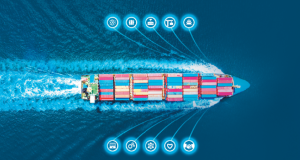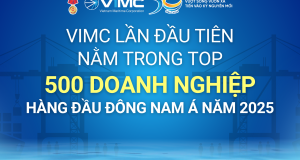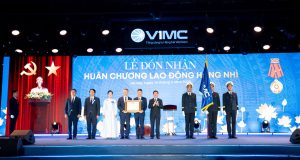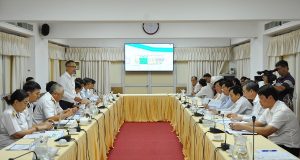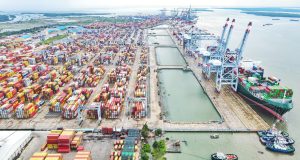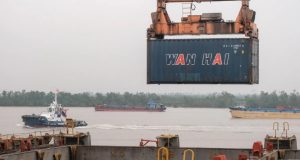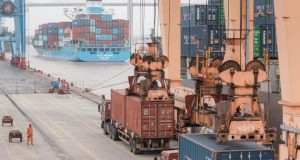As part of the official visit by Prime Minister Pham Minh Chinh to the Republic of Estonia, on June 5, 2025, the Vietnam Maritime Corporation (VIMC) and the Port of Tallinn – Estonia’s largest seaport – signed a Memorandum of Understanding (MoU) on cooperation in port development and logistics. The event is expected to mark a new chapter in maritime cooperation between Vietnam and Northern Europe, contributing to the promotion of global trade connectivity.
Tallinn, Estonia – In the presence of Prime Minister Pham Minh Chinh, Mr. Nguyen Canh Tinh – General Director of VIMC – and Mr. Rene Path – Member of the Management Board and Director of Business Development of the Port of Tallinn – signed a strategic cooperation MoU between the two parties on the afternoon of June 5 (local time).
The memorandum reflects the shared commitment of two leading maritime enterprises in Vietnam and Estonia to collaborate in port management and operation, with a focus on jointly exploring the development of green ports and smart ports, aiming to foster environmental protection and innovation.

Speaking at the signing ceremony, VIMC’s leadership stated: “The Port of Tallinn is a pioneer in the Baltic region in green port development and smart maritime transport. This partnership will not only promote technological innovation within Vietnam’s logistics sector but also elevate VIMC’s global standing in the maritime industry.”
The Port of Tallinn – which manages the four largest port clusters in Estonia, including Muuga and Paldiski South cargo ports, as well as Old City and Saaremaa passenger ports – is currently focusing on developing smart infrastructure, clean energy, and expanding its port-based industrial zones. With an annual cargo throughput of approximately 20 million tonnes, the Port of Tallinn serves as a key logistics hub for Northern Europe and is at the forefront of sustainable port development.
Under the agreement, VIMC and the Port of Tallinn will collaborate on research and implementation of modern, green, and sustainable port management models. Specifically, both parties have agreed to explore the application of digital technologies, artificial intelligence, and automation in port operations; to promote clean energy transition; and to develop environmentally friendly infrastructure systems. The cooperation will also emphasise the sharing of experience in smart port planning and operations, digital logistics development, and the establishment of global-standard green practices.
The Port of Tallinn is Estonia’s largest seaport complex, comprising four main ports: Old City, Saaremaa, Muuga, and Paldiski South. Among these, Muuga – Estonia’s largest cargo port – handles around 20 million tonnes of cargo annually and serves as a key hub for containerised, liquid, dry bulk, and general cargo. Meanwhile, Paldiski South boasts modern infrastructure with significant potential for Ro-Ro operations – an area VIMC is prioritising in its multimodal transport development strategy.
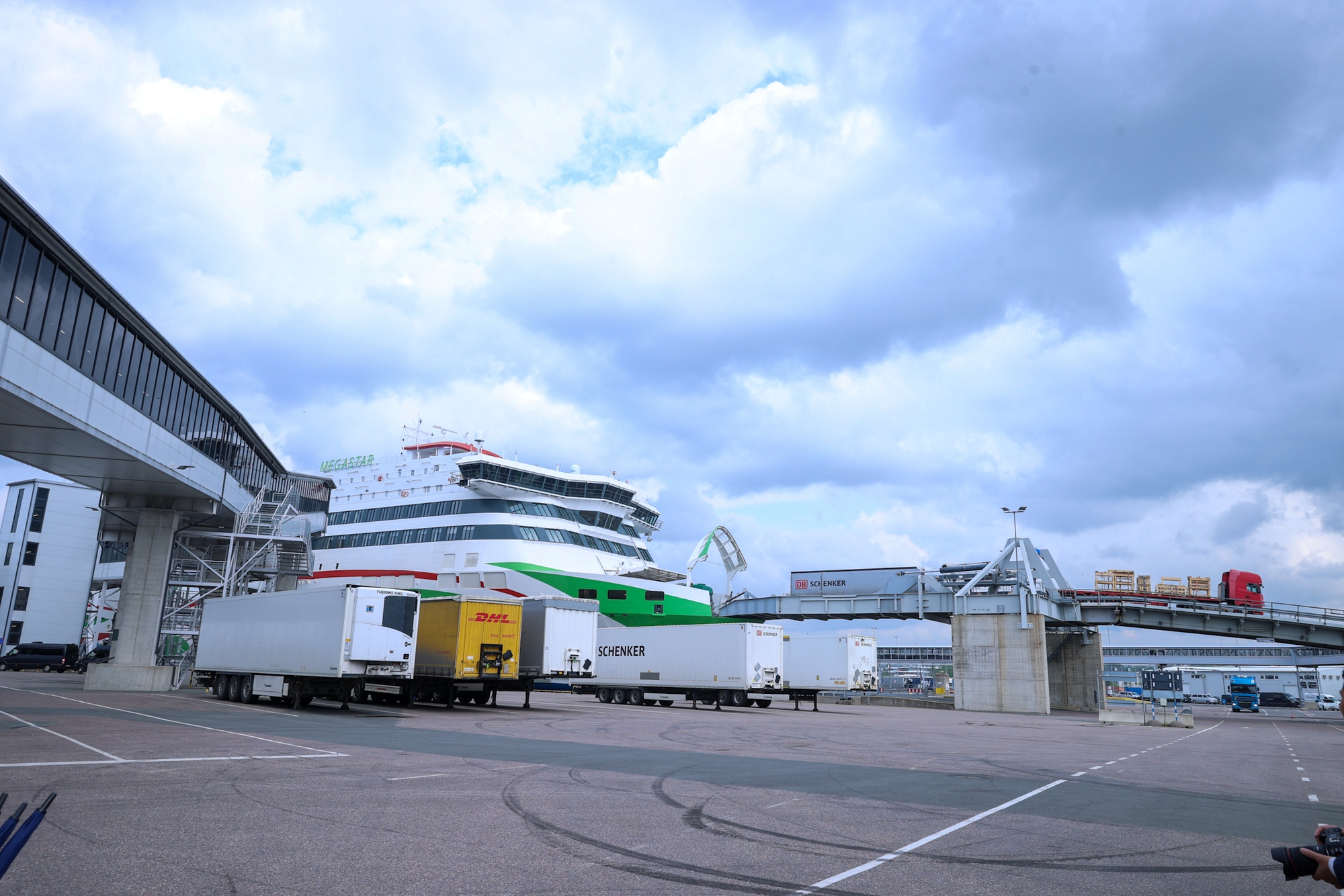
On Vietnam’s side, VIMC is the country’s leading maritime corporation, with a nationwide port network and robust operational capacity. In recent years, VIMC has continuously expanded its international partnerships, aiming to build transcontinental logistics chains and strengthen its role as a regional transshipment centre.
Prime Minister Pham Minh Chinh’s visit to Estonia aims to promote comprehensive cooperation between Vietnam and Northern European nations, particularly in the fields of digital transformation, energy, education, and strategic infrastructure. Within the framework of the visit, Vietnamese enterprises have engaged in multiple business meetings and signed key cooperation agreements with local partners, reflecting Vietnam’s proactive, comprehensive, and pragmatic economic diplomacy strategy.
The MoU between VIMC and the Port of Tallinn exemplifies the shared vision and long-term commitment of two leading maritime players, creating high expectations for an efficient logistics corridor linking Southeast Asia with the Baltic and Northern Europe – in a context where global transport is rapidly shifting towards green, digital, and sustainable development.

